Intro: The Great London Divide
Ask any Londoner where the “real city” begins, and you’ll ignite one of the capital’s favourite debates — North or South? It’s a rivalry as old as the Thames itself, shaped by Tube lines, traditions, and the first postcode you ever called home.
But here’s the truth: London isn’t one city. It’s hundreds of mini-communities stitched together — each with its own rhythm, style, and soul. Cross the river, and the entire pace of life changes.
North London is the picture-postcard version — heritage streets, artisan bakeries, leafy garden squares, and a Tube network that makes commuting effortless.
South London, meanwhile, breathes a little easier — more space, more greenery, and a growing creative pulse that feels distinctly local (and often better value).
At HomeQuarters, we’ve helped thousands of renters find their perfect corner of the capital — from the quiet crescents of Islington to the park-side terraces of Clapham. We’ve seen how subtle differences — the morning commute, the café scene, even the neighbourhood soundscape — can transform how “London life” feels.
So, whether you’re after buzz or breathing room, this guide breaks down everything that separates — and connects — North and South London in 2025. Let’s find out which side truly feels like your London.
1. What’s the Real Difference Between North and South London?
Londoners love to joke that you can tell someone’s postcode by how often they cross the river. But beyond the banter lies a real difference in how each side feels — two Londons shaped by history and lifestyle.
North London: Historic and Connected
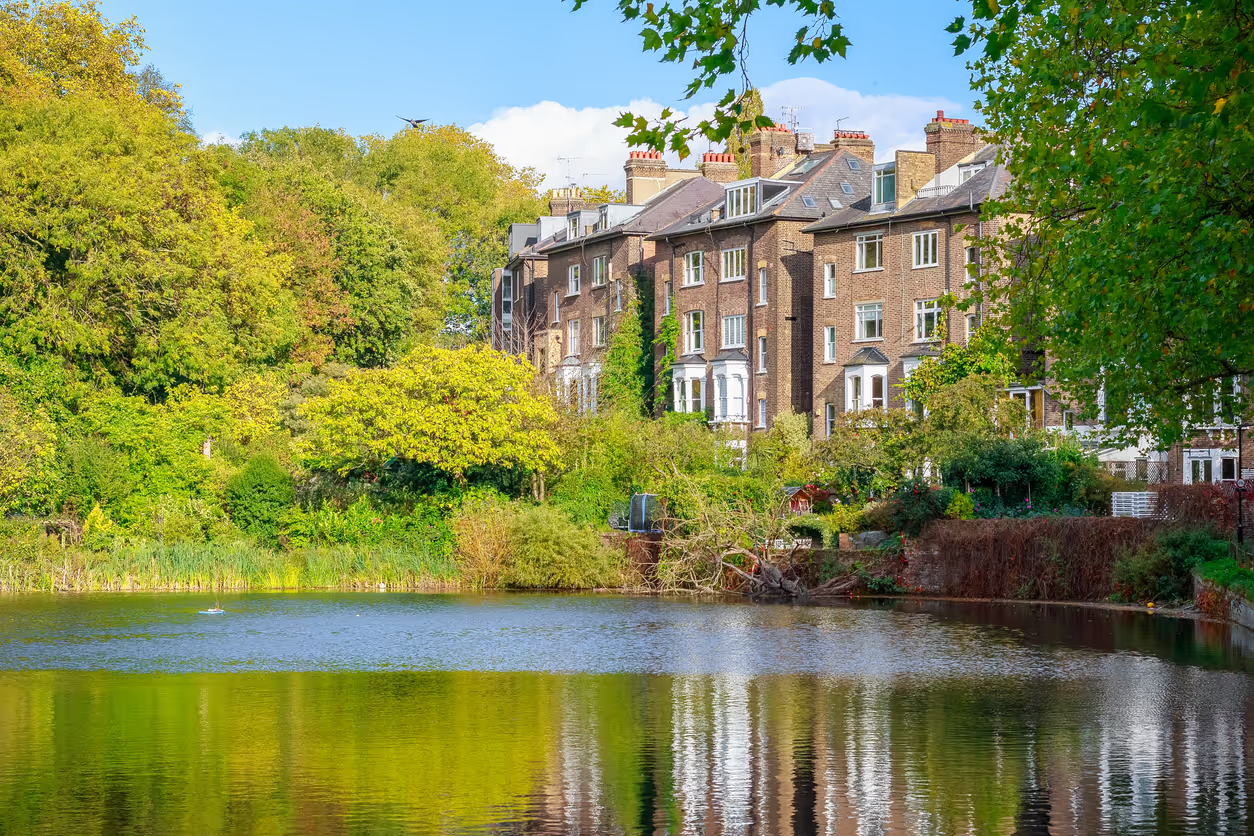
North London is what many imagine when they picture the capital: terraced streets, buzzing markets, skyline views with domes and spires. Areas like Islington, Camden, and Hampstead draw creatives and professionals for their architecture, café culture, and easy access to the centre.
Leafy garden squares, independent cinemas, and a Tube map that makes most commutes straightforward keep this part of the city in high demand. From Highbury to Finchley, life feels lively and well-connected, with no shortage of restaurants and nightlife.
South London: Green and Community-Minded

Cross the Thames and the tempo softens. Clapham Common, Brockwell Park, and Crystal Palace Park frame wide streets and homes with more space. Areas like Peckham, Deptford, and Brixton have become creative hubs known for food, art, and music.
Here, you’ll find a stronger sense of community — neighbours chatting at markets, local pubs that remember your name, and a grounded energy that feels distinctly South London.
A City of Personality, Not Polarity
There’s no “better” side, just different lifestyles. The North offers history and ease; the South, creativity and calm. Where you feel at home depends on how you live, work, and unwind.
At HomeQuarters, we encourage renters to think beyond reputation and focus on the everyday — your commute, your weekends, your priorities. London living starts with finding your own rhythm.
2. Rent Prices and Cost of Living
For most London renters, the North vs South question begins — and often ends — with the numbers. London living isn’t cheap, but where you choose to plant your roots can make a big difference in how far your budget stretches.
North London: Premium Postcodes, Polished Living
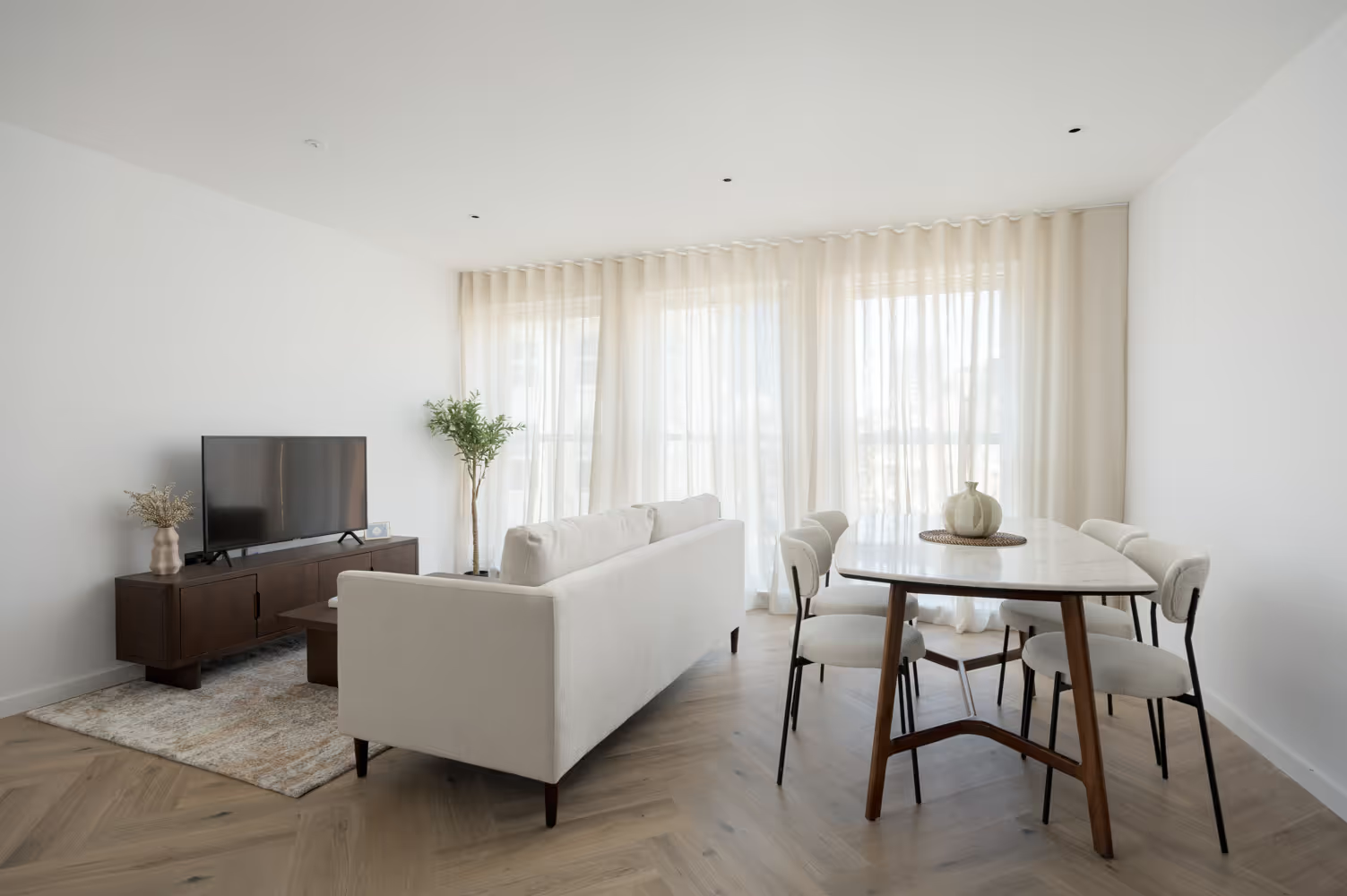
If you’re drawn to heritage streets and café culture, expect to pay a premium for the privilege. North London’s most desirable spots — Islington, Angel, and Hampstead — remain magnets for professionals who want quick access to the City and West End.
As of late 2025, here’s what you can expect to pay on average:
- 1-bedroom flat: £2,000 – £2,300 per month
- 2-bedroom flat: £2,800 – £3,200 per month
Even areas a little further out, like Finsbury Park or Highgate, command higher prices thanks to their transport links and period charm. What you’re really paying for is connection — multiple Tube lines, vibrant high streets, and a neighbourhood energy that still feels “classic London.”
Looking for something different? See the best places to live in East London.
South London: More Space, More Value
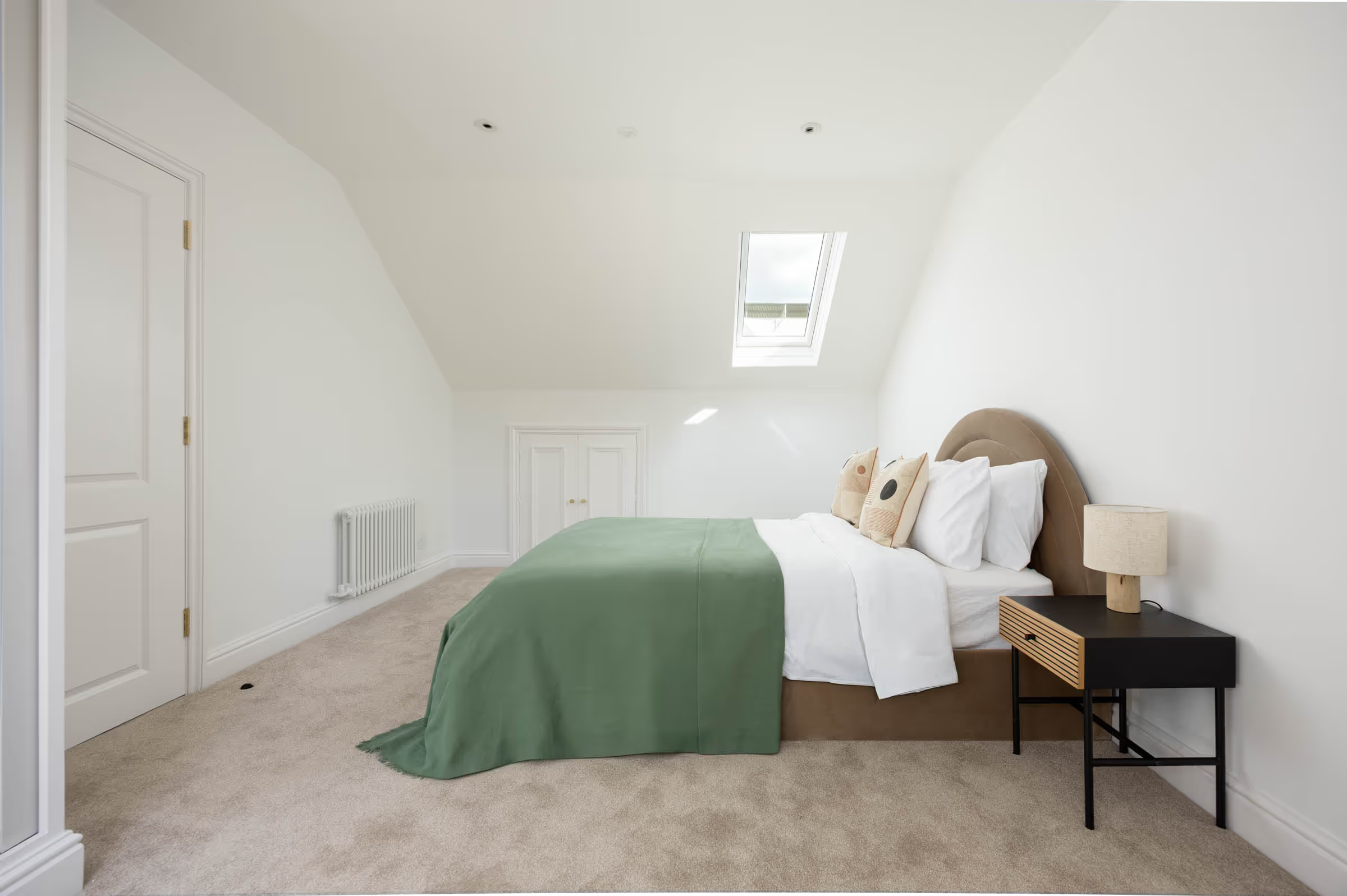
Head south of the Thames and your money starts to stretch. Areas such as Clapham, Battersea, and Wandsworth deliver a blend of green space, style, and family appeal — often for noticeably less than their northern counterparts.
Here’s the 2025 snapshot:
- 1-bedroom flat: £1,600 – £1,850 per month
- 2-bedroom flat: £2,100 – £2,500 per month
Go slightly further — to Crystal Palace, Streatham, or Deptford — and you’ll find modern developments, larger layouts, and balconies with skyline views. South London’s appeal isn’t just affordability; it’s value with character.
HomeQuarters insight: We’ve seen a 25% rise in renters relocating south since 2023 — drawn by the blend of space, greenery, and a growing cultural scene.
Everyday Costs: Lifestyle Over Location
Beyond rent, living costs across London stay relatively consistent. Groceries, council tax, and utilities vary by borough, not by compass point. What really shifts is how you live.
- A Friday night in Brixton or Tooting might set you back half the price of cocktails in Soho.
- Weekend brunch in Peckham Rye costs less than in Primrose Hill, but the quality’s often just as good.
- Cycling, markets, and local cafés can all trim your monthly spend without trimming your lifestyle.
At HomeQuarters, we tell renters to think about total value, not just rent. A flat that saves you 15 minutes on your commute or gives you space for a home office can be worth far more than what’s written on the listing.
TL;DR: The Cost-of-Living Snapshot
3. Transport and Connectivity
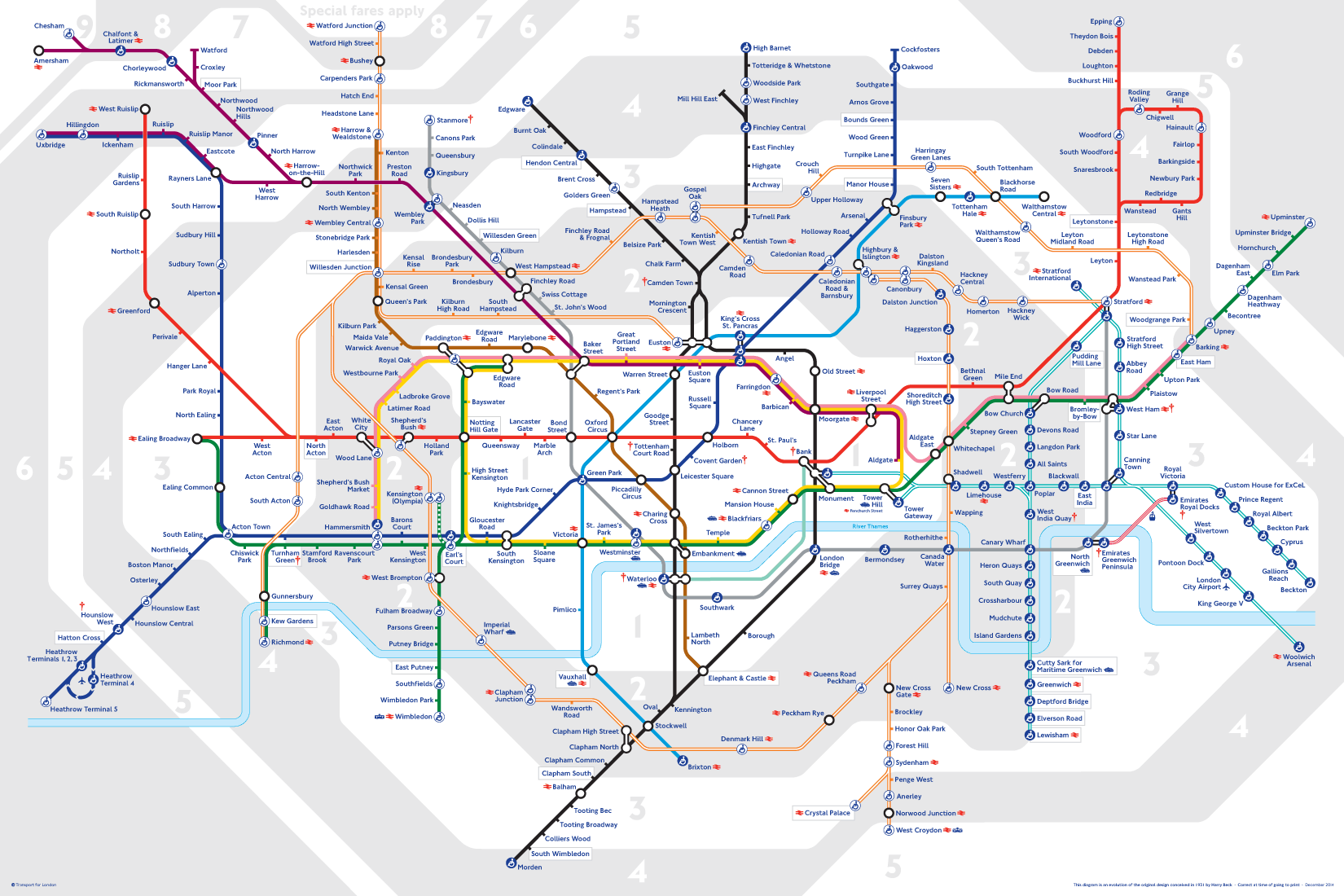
In London, your postcode doesn’t just define where you live — it defines how you move. Commutes, weekend adventures, even your social circle often depend on how quickly (and easily) you can cross the city. And in this respect, the North vs South divide still shapes daily life — though the gap is closing fast.
North London: Seamless Links and Effortless Commutes
If convenience tops your list, North London has long held the advantage. Nearly every neighbourhood connects to the Underground, giving residents fast access to central hubs like King’s Cross, Oxford Circus, and Euston.
The Northern, Victoria, and Piccadilly lines carry the bulk of commuters, while the Overground now threads together key northern boroughs — from Camden to Enfield. This means fewer transfer points, shorter journey times, and more flexibility when the inevitable “signal failure” strikes.
Cyclists also benefit: Islington, Hackney, and Highbury boast well-marked lanes and bike-hire stations on nearly every corner.
HomeQuarters insight: On average, North London renters enjoy commutes up to 12 minutes shorter than those in southern boroughs — a small difference that adds up to an extra working week of free time each year.
South London: Overground Power and Expanding Options
Historically, South Londoners have endured the “no Tube” reputation — but that stereotype is fading fast. While the Underground remains less extensive here, the National Rail and Overground networks fill the gap brilliantly.
From Clapham Junction — one of Europe’s busiest railway stations — you can reach Waterloo, Victoria, or London Bridge in under 15 minutes. Overground lines through Peckham, Brockley, and Crystal Palace now connect seamlessly to East and North London, transforming how renters move across the map.
And with the Northern Line extension to Battersea Power Station and ongoing Crossrail 2 discussions, South London’s connectivity is stronger than ever.
HomeQuarters insight: 2025 data shows that more than 40% of our renters moving south now cite “improved transport options” as a key factor — up from just 18% in 2020.
The Connectivity Comparison
4. Lifestyle and Things to Do
Where you live defines your version of London. The cafés, the parks, the weekends — all come down to postcode.
North London: Culture and Energy
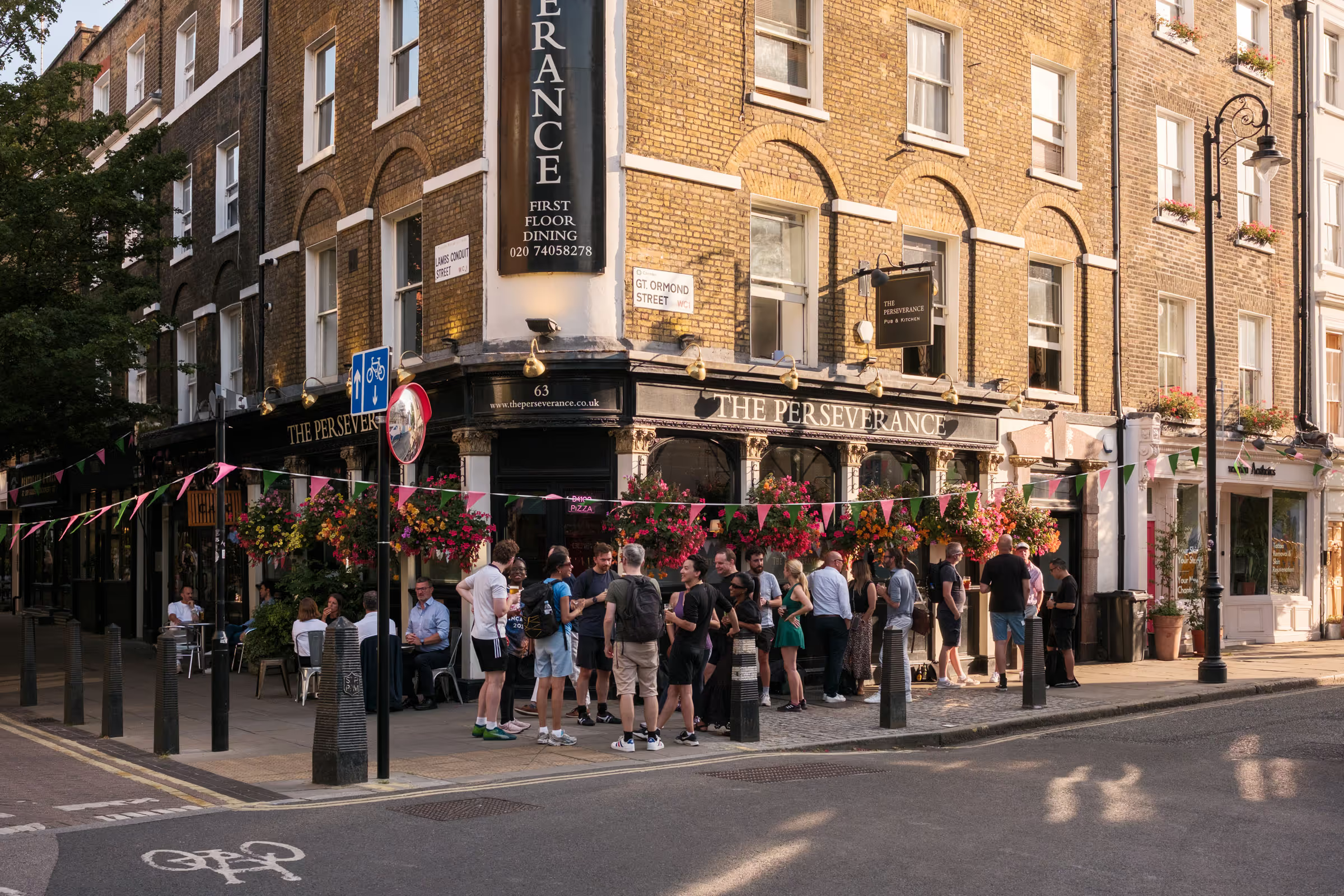
From Camden Market to Islington’s Upper Street, there’s always something happening. Expect classic pubs in Highgate, live music in Kentish Town, and Sunday strolls through Hampstead Heath. North London is full of contrasts — lively high streets next to peaceful squares — all within a short ride of the West End.
South London: Green and Creative
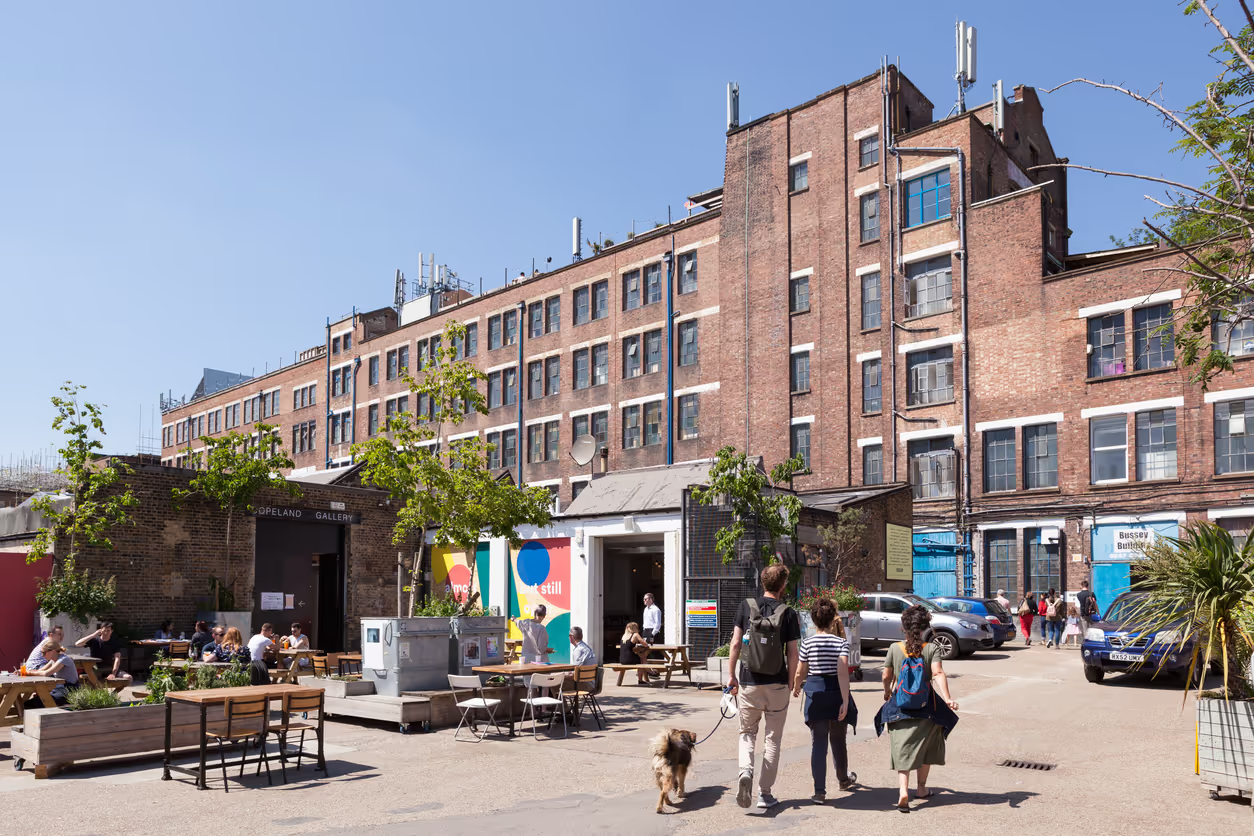
South Londoners claim to have it best: quick access to the city, but space and nature at home. Spend a weekend at Brixton Village, Peckham Levels, or Deptford Market Yard; unwind in Brockwell Park or Crystal Palace. Here, culture feels grounded in community. Cafés remember your name, and neighbours actually stop to talk.
5. Housing Styles and Neighbourhood Character
London’s homes tell its story — and that story changes as you cross the river.
North London: Period Beauty and Character
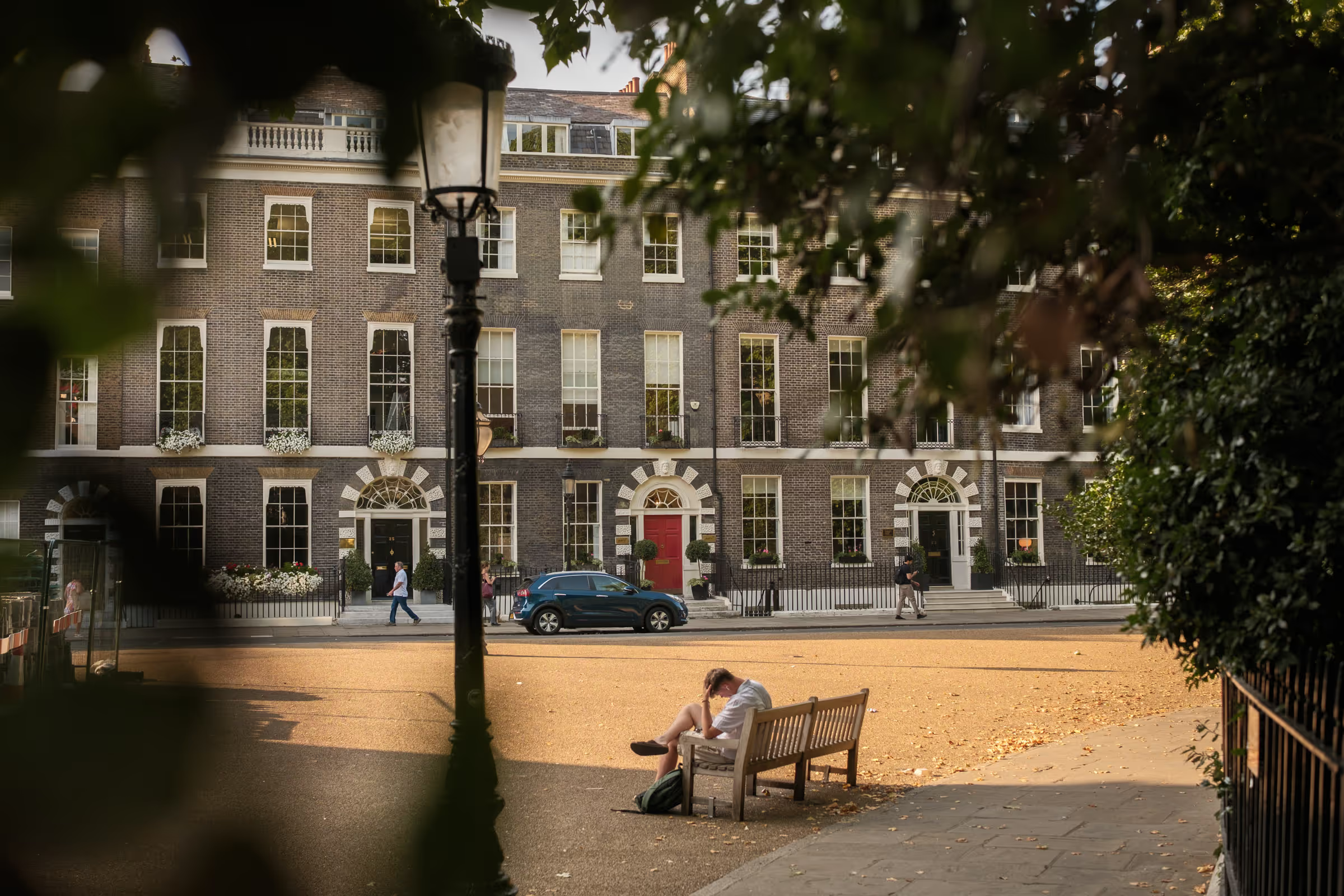
Victorian and Georgian terraces define Islington, Highbury, and Stoke Newington. In Hampstead and Highgate, wide avenues and grand conversions showcase traditional London at its best. Further east, Hackney and Finsbury Park blend warehouse conversions with new-build flats beside canals.
South London: Space and Modern Comfort
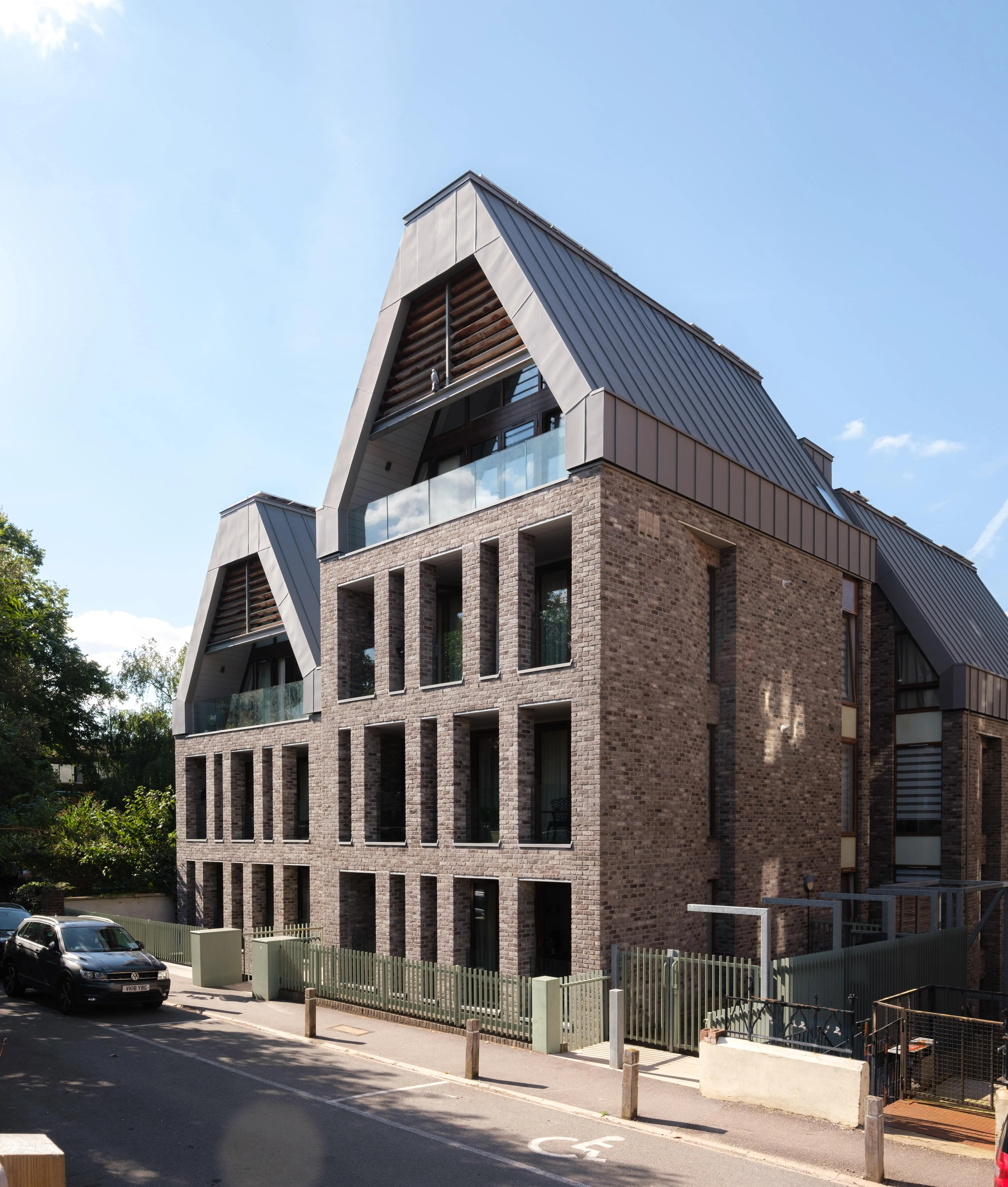
In Clapham, Balham, and Battersea, period homes sit alongside modern developments with open layouts and rooftop terraces. Further out, Crystal Palace and Streatham offer generous space at lower rents. Regeneration in Deptford, Bermondsey, and Nine Elms has added sleek riverside apartments and co-living options for professionals.
At HomeQuarters, we help renters match architecture to lifestyle — period charm for character lovers, clean modern lines for those who value light and space.
6. Families, Schools and Safety
When you’re renting for the long term, it’s about more than location — it’s about where you can build a life.
North London: Academic and Established
Boroughs like Barnet, Haringey, and Camden are known for top schools such as Fortismere and Highgate School. Areas like Muswell Hill and Crouch End combine strong communities, green parks, and a slower pace just beyond the city centre.
South London: Family-Friendly and Evolving
Wandsworth, Dulwich, and Greenwich balance great schools with open space and local character. Alleyn’s and James Allen’s Girls’ School lead the way, with newer academies rising fast. Regeneration and active neighbourhood networks have boosted safety and family appeal.
Both sides offer security, space, and a real sense of belonging — just in different ways.
7. North vs South: Who Each Area Suits Best
8. What Locals Say: Myths, Rivalries and Realities
The North vs South debate is a London classic. It’s part humour, part heritage, and entirely personal.
North Londoners are often seen as traditionalists: cultured, café-loving, well-connected. Areas like Islington and Hampstead fit the picture, but Hackney and Finsbury Park tell a younger, more creative story.
South Londoners, meanwhile, wear their identity proudly. Once dismissed as “the other side,” the area now defines modern London culture — food, art, and nightlife that rival anywhere in the city. From Brixton to Peckham, the community spirit runs deep.
In truth, the Thames is no longer a divide but a thread tying both halves together. The rivalry remains part of the charm — a friendly reminder that Londoners love their corners fiercely.
10. How to Decide Where You Should Live
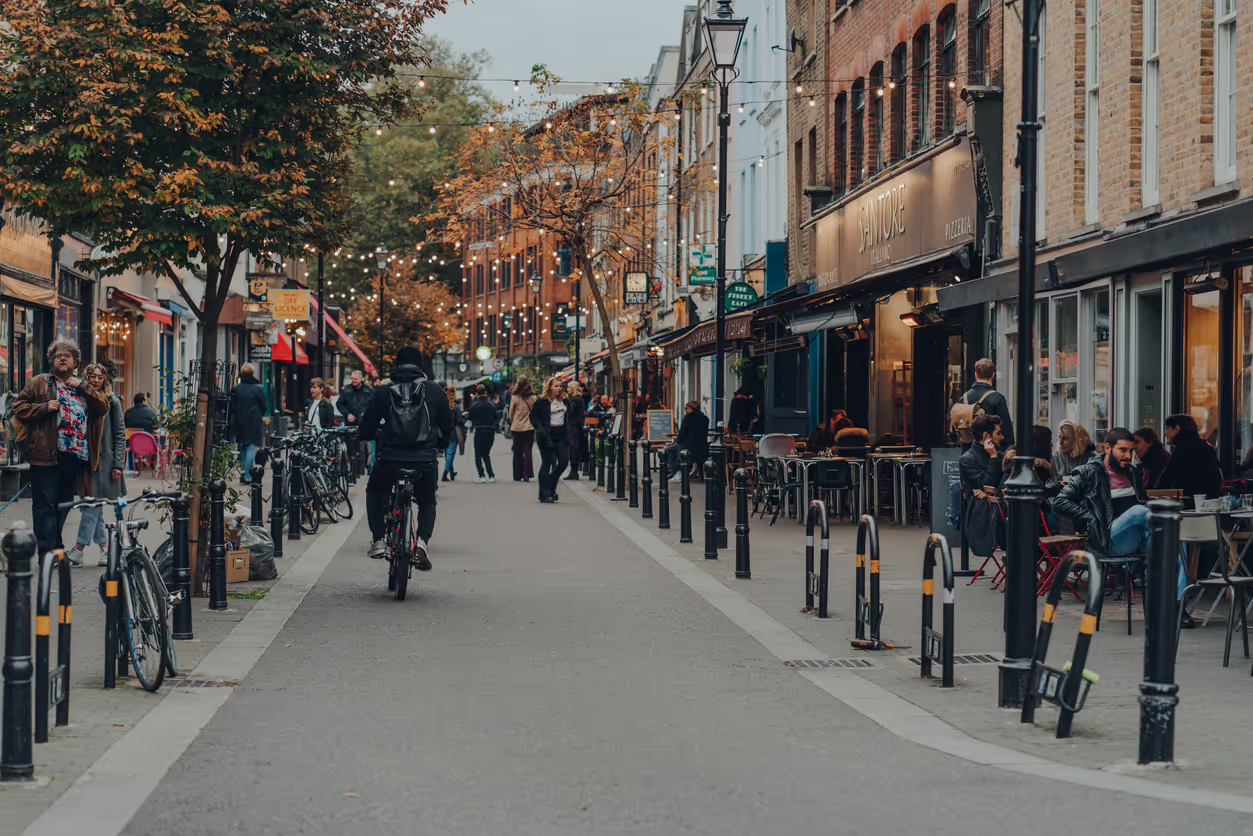
Choosing between North and South London isn’t about picking a winner — it’s about finding what suits you.
Start with What Matters
Ask yourself:
- How important is the commute?
- Do I want buzz or calm?
- Am I drawn to character homes or modern flats?
- Do I value community, nightlife, or nature most?
If you want fast-paced city life, North London fits the bill. If you prefer greenery, space, and a local feel, South London might be home.
Explore Before You Decide
Spend time in both. Wander the high streets, visit cafés, catch a sunset in a park. Often, the right area is the one that simply feels right.
Let Experience Guide You
At HomeQuarters, we know every street has its own story. Our homes sit in the city’s most desirable neighbourhoods, and our team helps renters match their lifestyle to the right location.
Whether north or south, luxury or value, we’ll help you find the place that fits who you are — not just where you work. Because in London, finding the right flat isn’t about choosing a side. It’s about finding your place in the city.

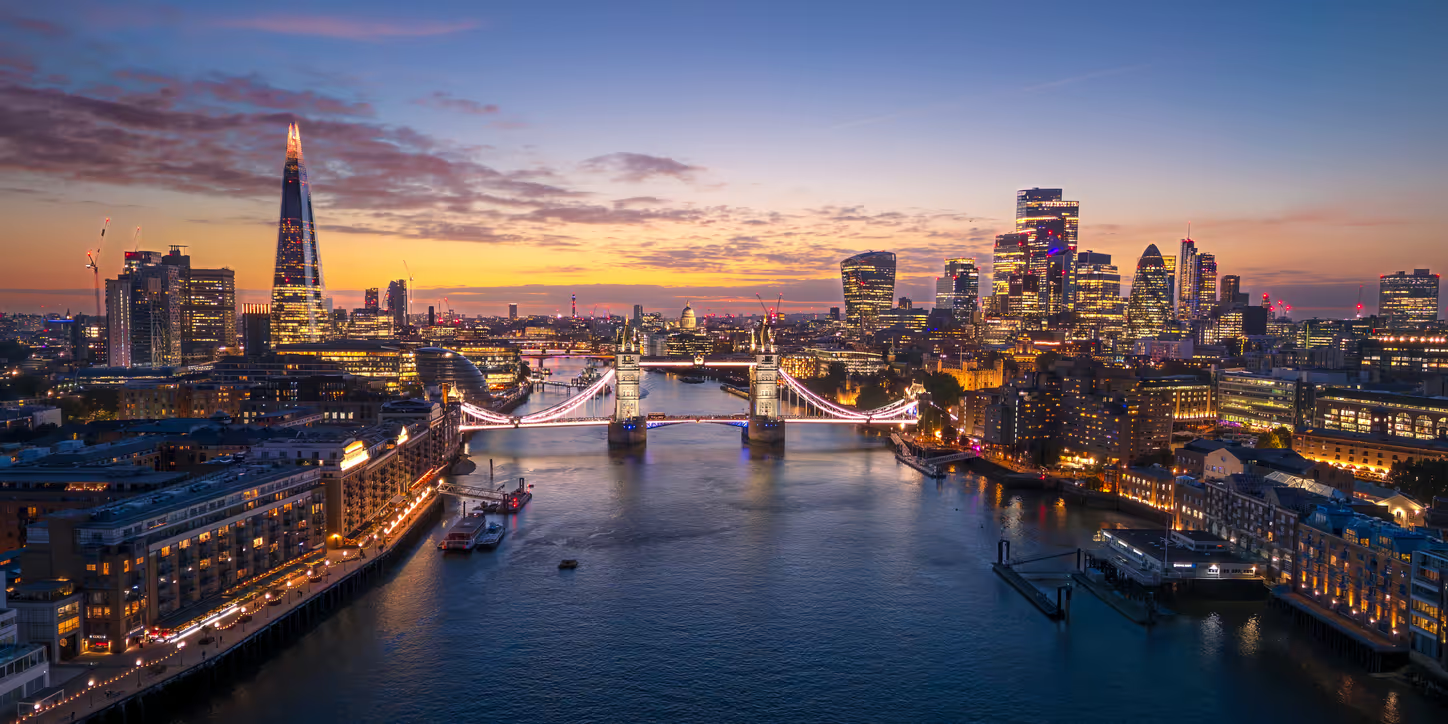

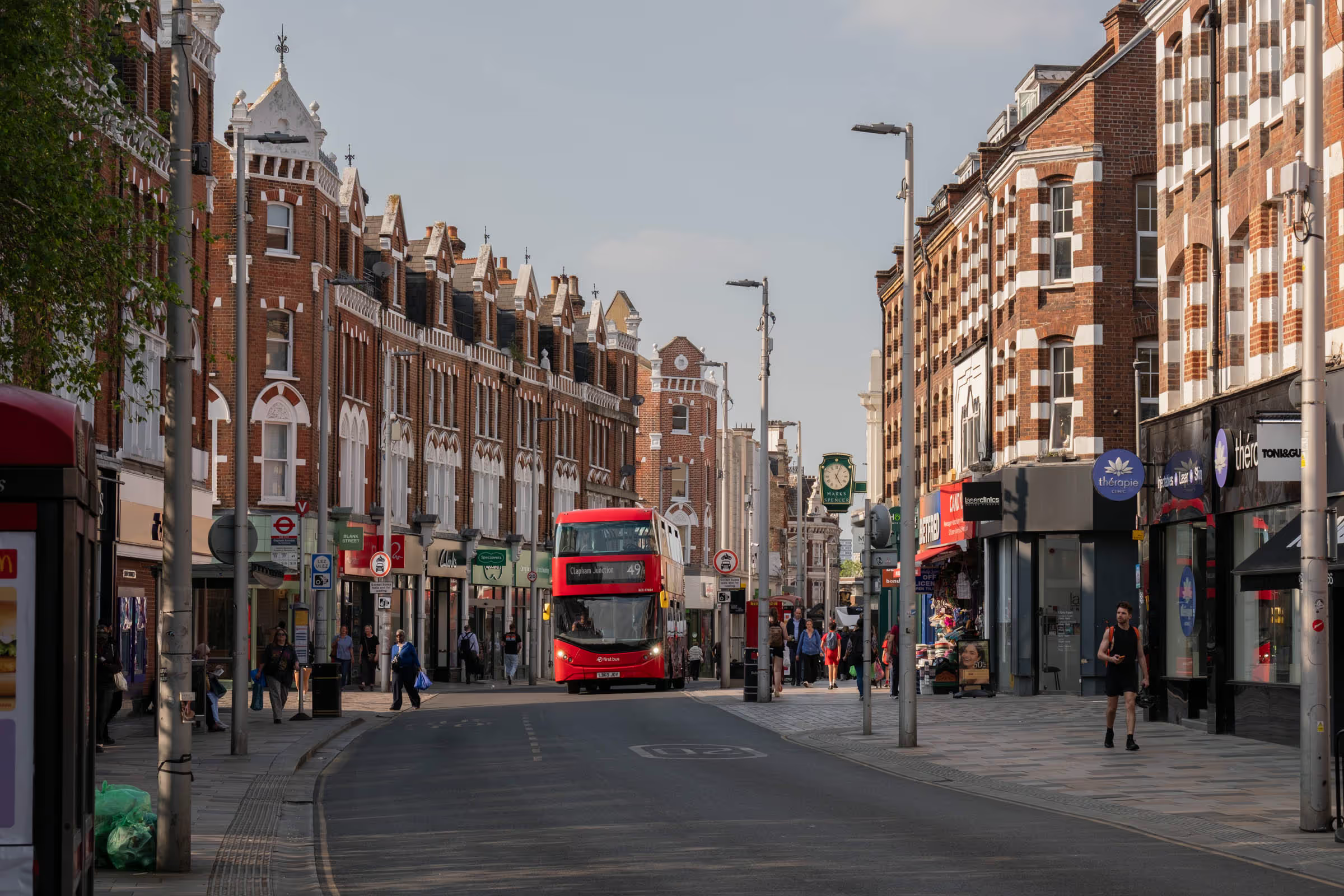
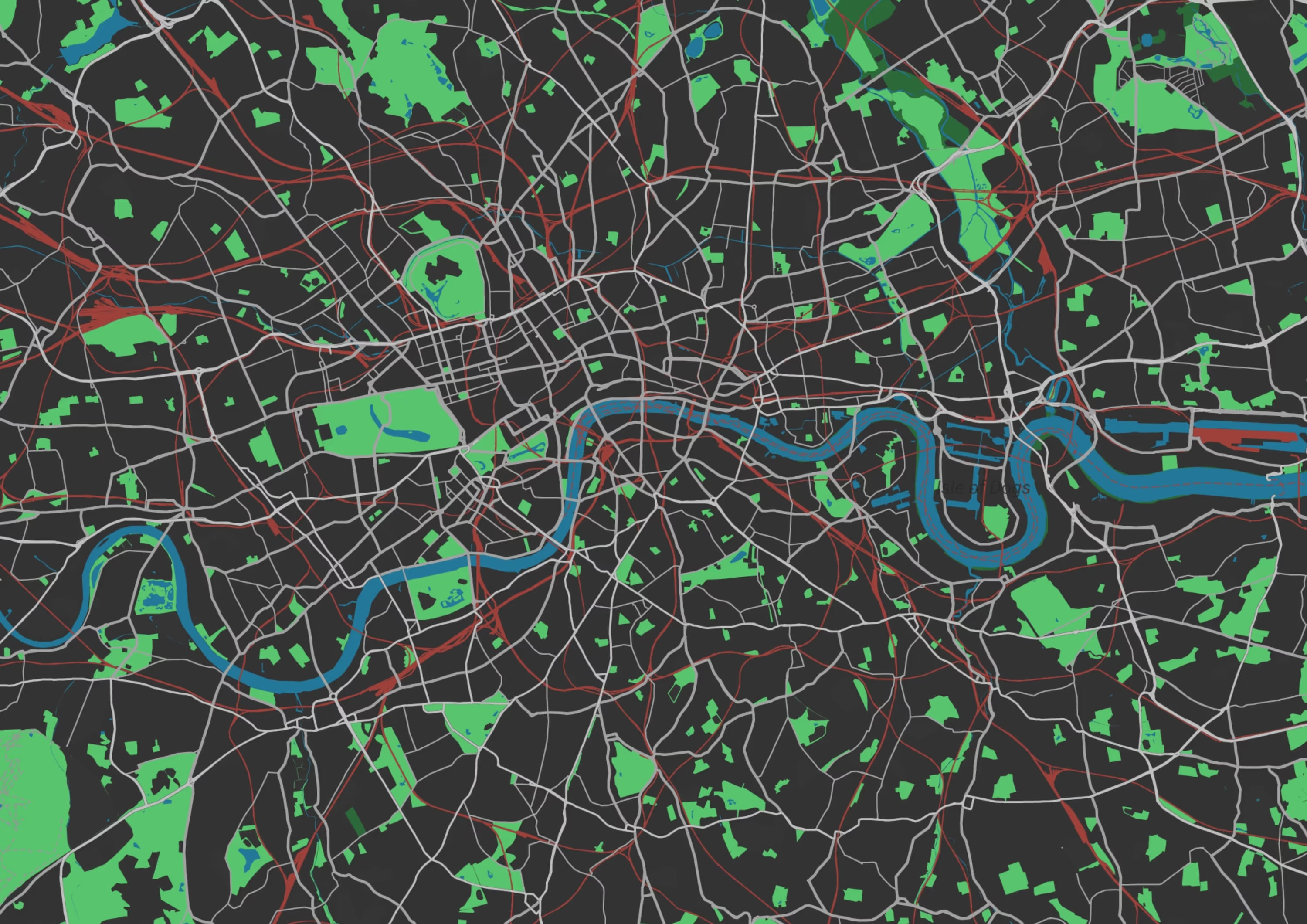
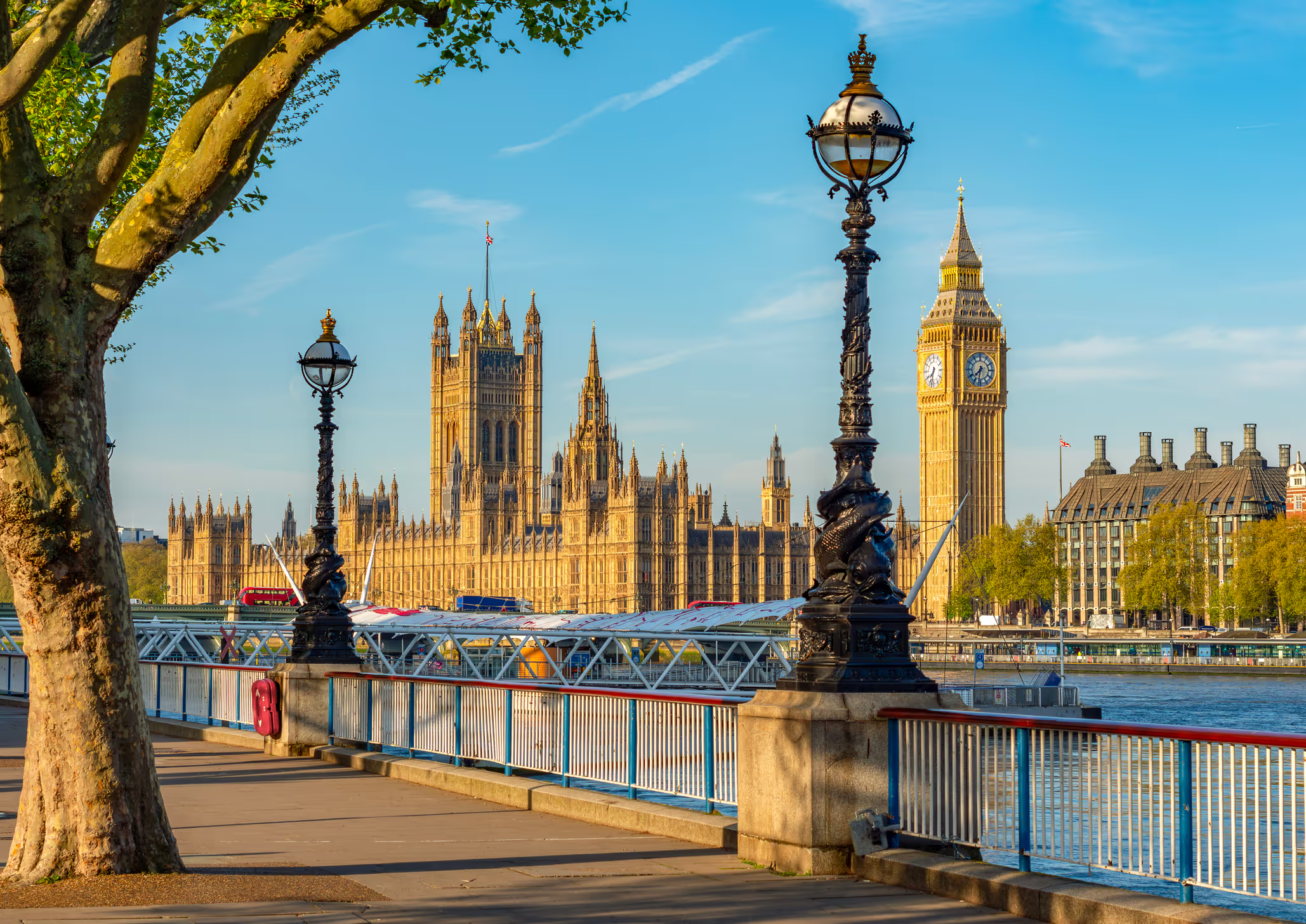

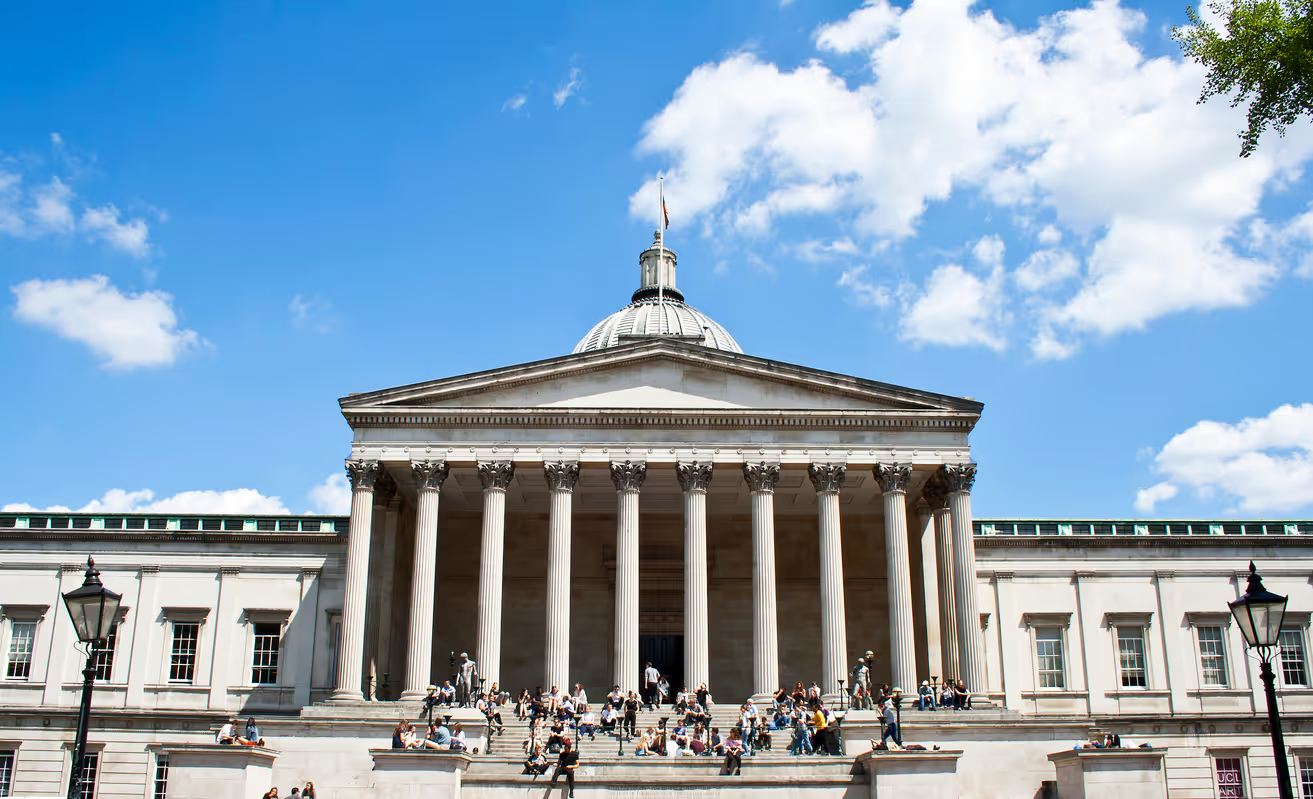
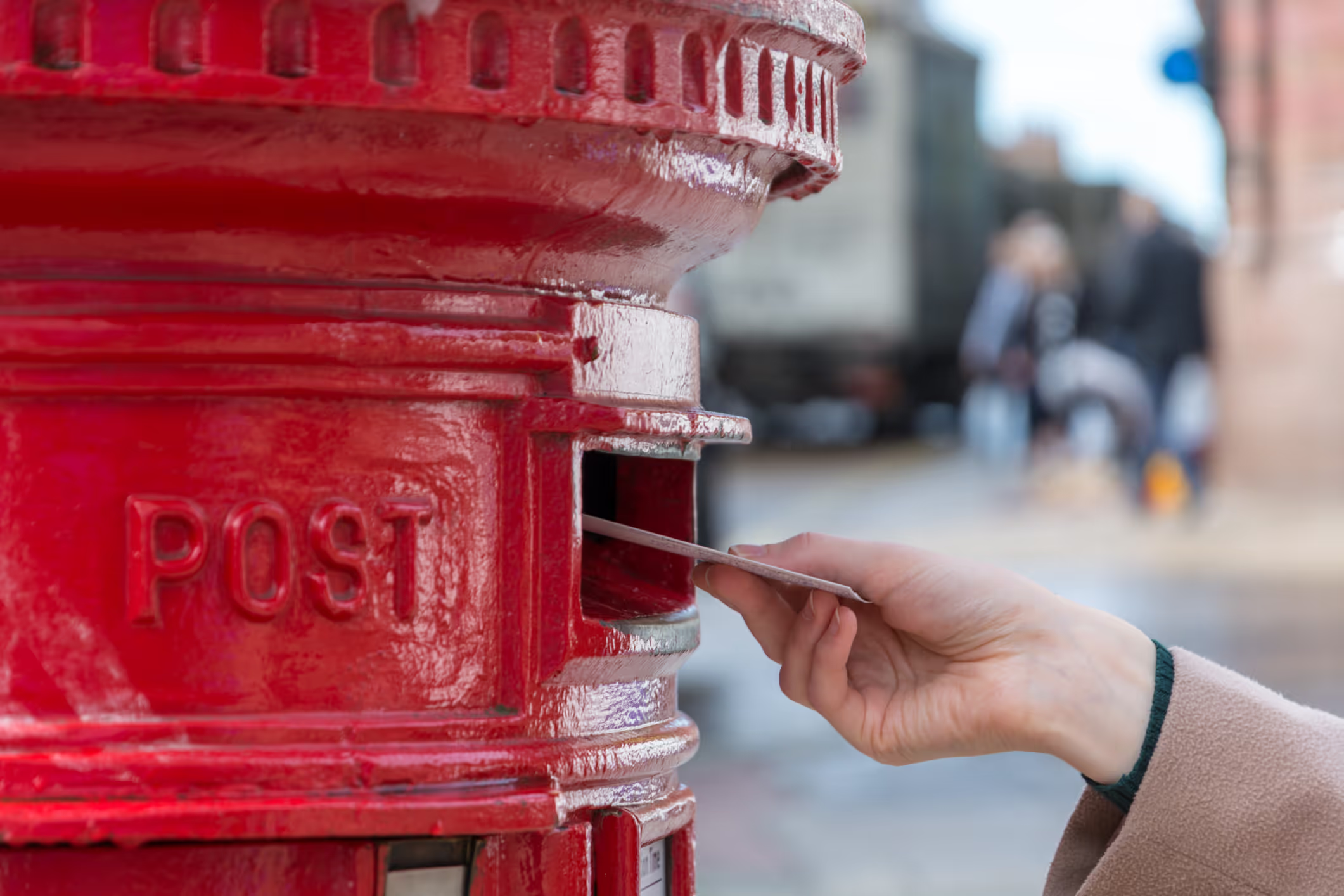
.webp)